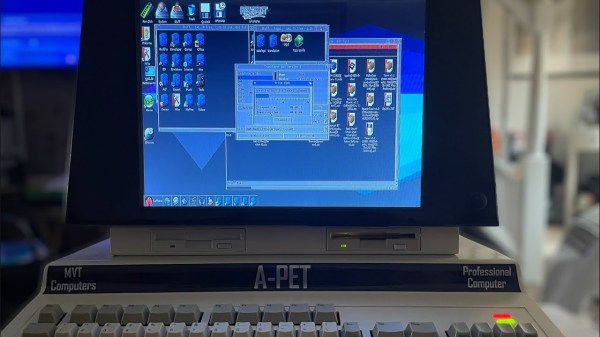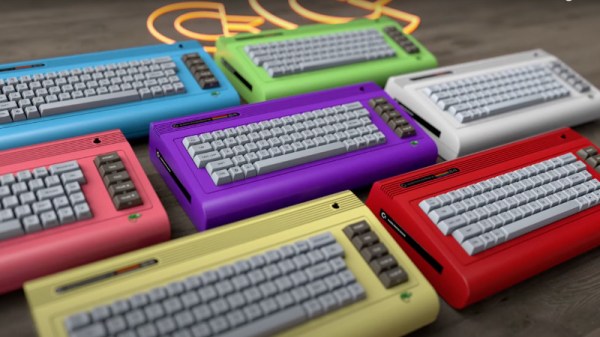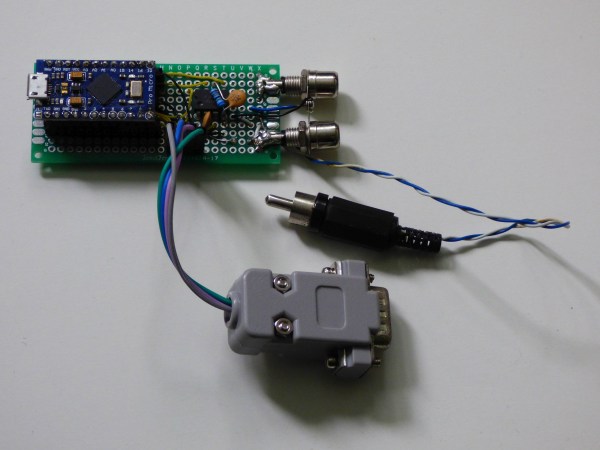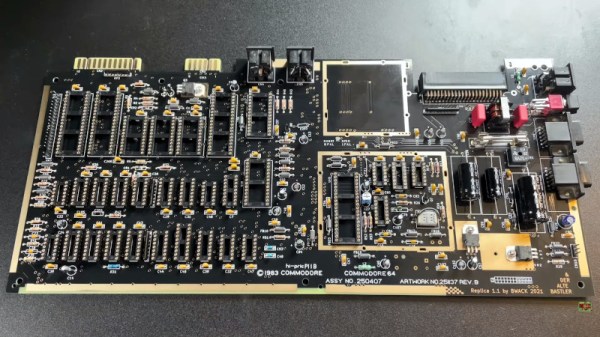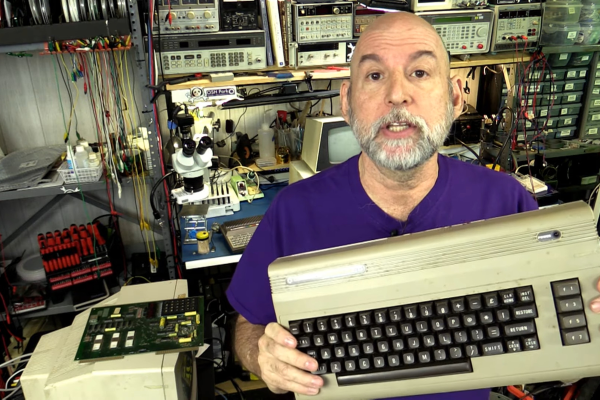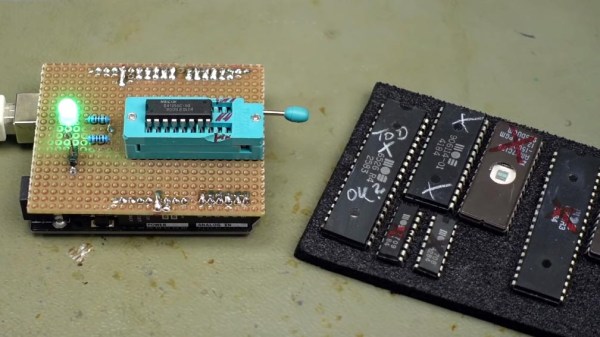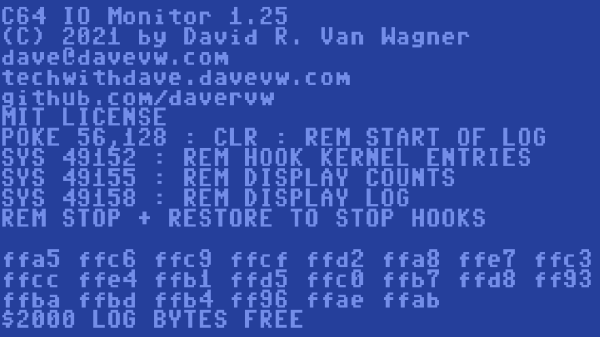The C64 may be the best-selling computer of all time, but Commodore made several machines before that, too. [Mjnurney] always loved the Commodore PET, and set about building some new machines in the PET’s unique all-in-one form factor.
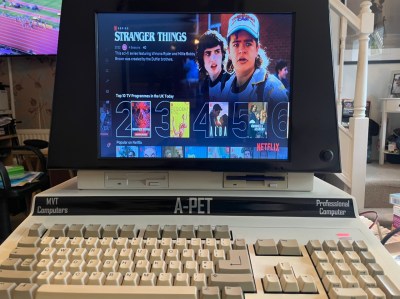 The case design started with measurements taken from an original Commodore PET, of which [Mjnurney] has three. Then, it was modified and extended to make room for a proper keyboard. The case also mounts a 14″ IPS display, two 15W speakers, and a gas strut enabling the case to be propped open for easy maintenance. It’s actually made out of real sheet metal, too!
The case design started with measurements taken from an original Commodore PET, of which [Mjnurney] has three. Then, it was modified and extended to make room for a proper keyboard. The case also mounts a 14″ IPS display, two 15W speakers, and a gas strut enabling the case to be propped open for easy maintenance. It’s actually made out of real sheet metal, too!
The primary version mounts an Amiga 500 inside, including its classic keyboard. However, [Mjnurney] has developed a PC version, too. Both look great, and it’s wild to see Netflix displayed on a machine that looks more at home in 1977. Perhaps most of all, though, we love the dual floppy drives just below the screen.
Throwback cases pay tribute to some of our favorite machines. The tiny ones are perhaps the cutest of all.
Continue reading “Hackaday Prize 2022: A Functional Commodore PET Tribute”

